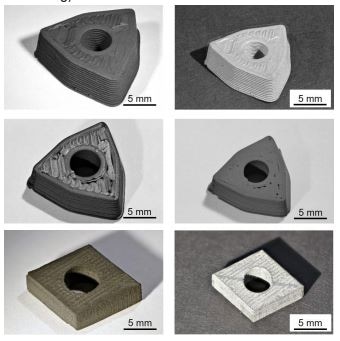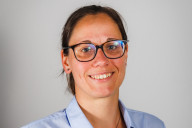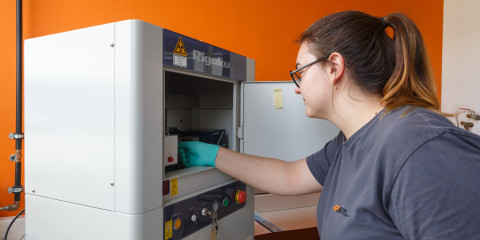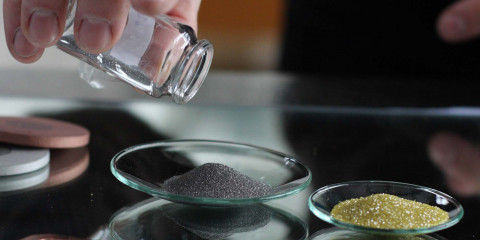Additive manufacturing (AM) is a fast-developing technology in the field of powder metallurgy. Very complicated part geometries in combination with reduction in raw-powder consumption are the main benefits.
A low-cost and very popular AM technique is extrusion-based printing technology such as fusedfilament printing. For more than twenty years feedstocks containing metal powders and various types of ceramic powders have been developed, and many studies on them have been executed in the meantime.
Cemented Carbides by MEAM
Contrary to the metal and ceramic powders studied so far, hardmetal and cermet formulations are mixtures of many different powders with grain sizes often smaller than 1 µm.
For 3D manufacturing of hardmetal and cermet bodies extrusion-based techniques are very interesting because of several advantages over other AM fabrication routes:
1) There is practically no raw material loss with extrusion-based methods. This is a benefit concerning the expensive hardmetal and cermet powder mixtures.
2) Hardmetal and cermet powder mixtures contain many different powders such as hard-phase powders (WC, Ti(C,N), VC, Cr3C2…) and binder powders (Co, Fe, Ni) which can separate if unbound powders incur in the shaping process (e.g. compare to powder-bed laser sintering). Such powders are difficult to recycle for re-use in the printing process.
3) Generally, hardmetal and cermets must have a uniform microstructure. Because of the presence of volatile Co, an SDS method (shaping - debinding - sintering) is the first choice. The whole part is sintered so that no local overheating or unequal temperature distribution occur, which would result in binder loss and inhomogenities in composition and grain size.
4) Extrusion-based techniques are the best-suited AM techniques for printing material combinations.

For the preparation of hardmetal and cermets we have studied two extrusion-based methods: 1) the fused-filament fabrication (FFF) for which a feedstock filament was prepared and fed into a 3D printer, and 2) composite-extrusion modelling (CEM) which can use MIM feedstock without the need to prepare a filament. In both techniques the feedstock is fused and free-form printed through a nozzle. Our work seems to be the first study of FFF and CEM printing of hardmetals and cermets.









